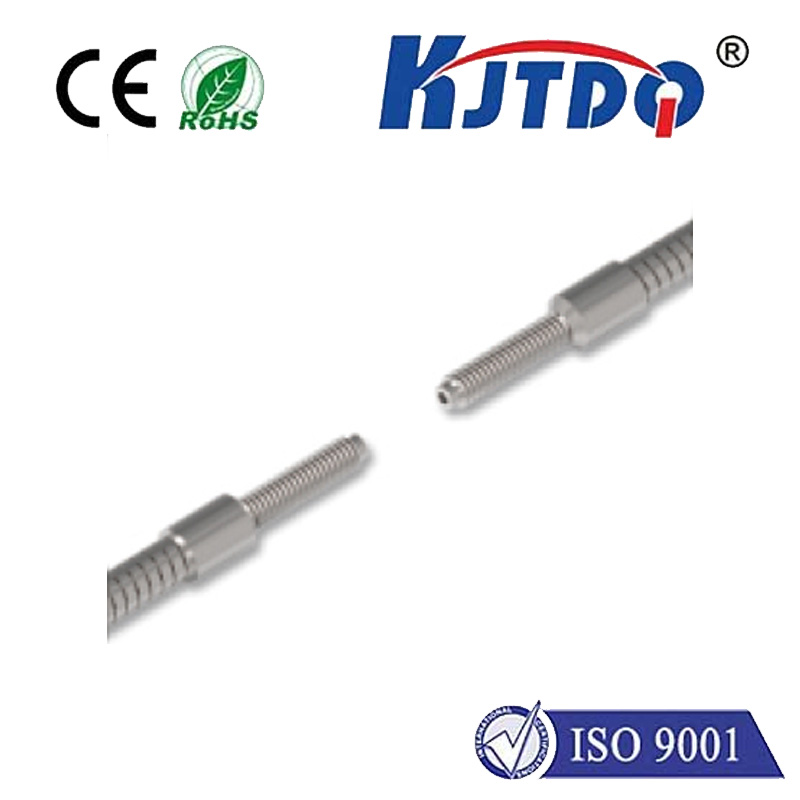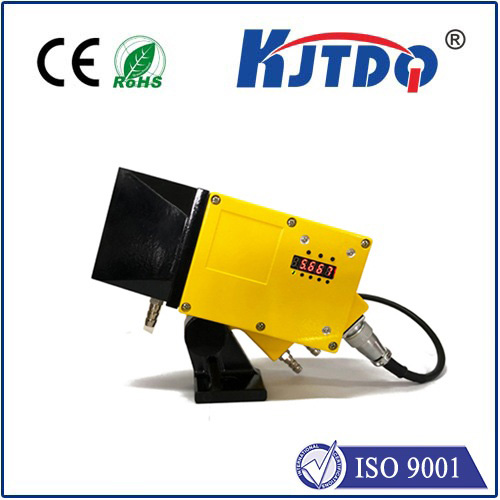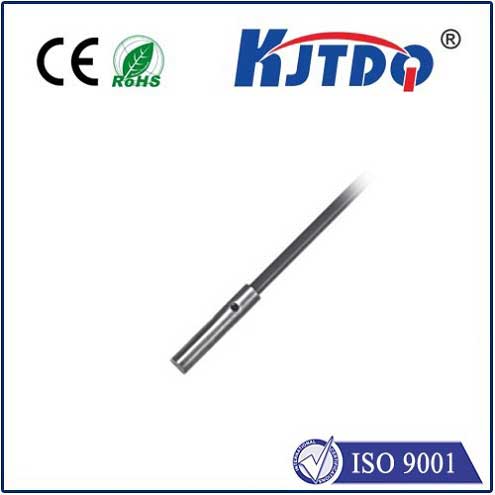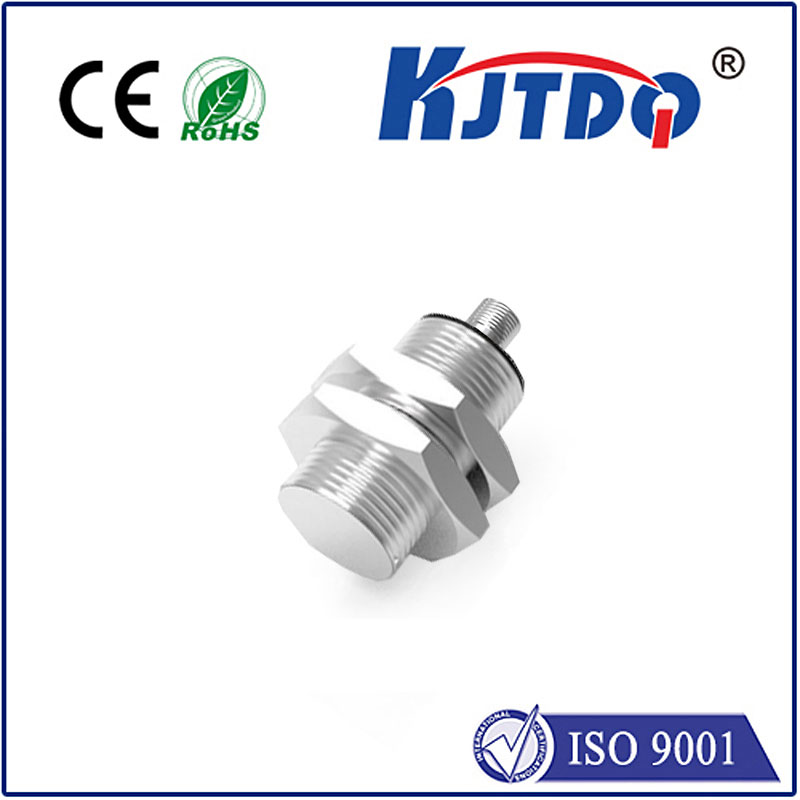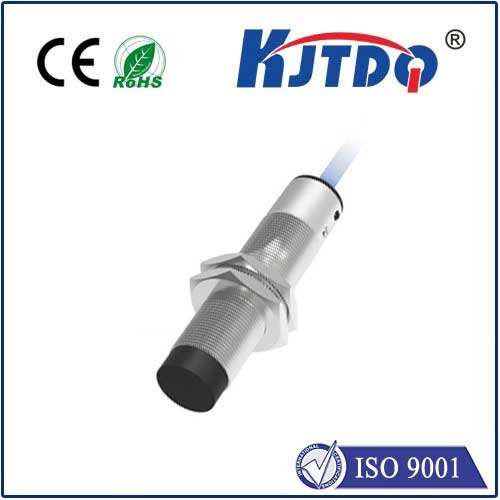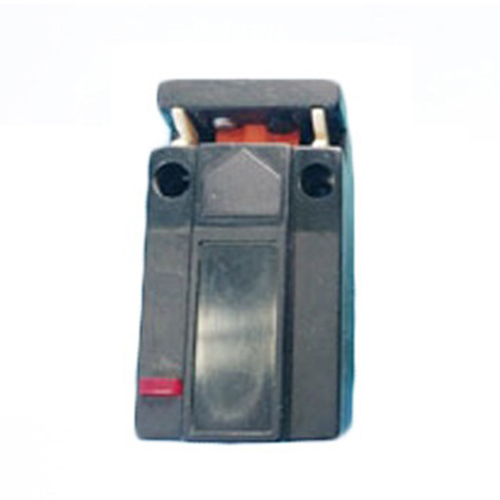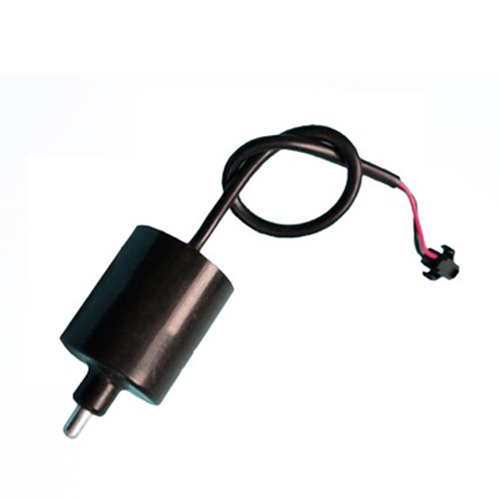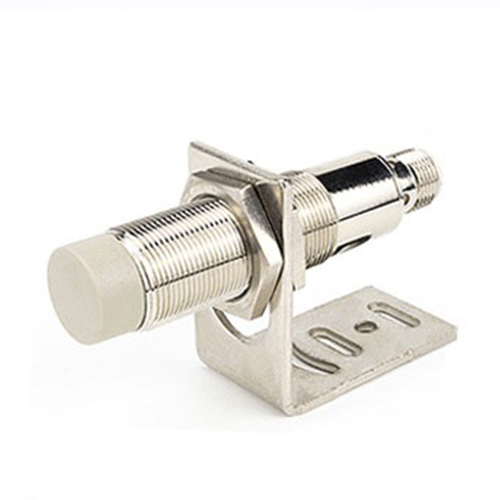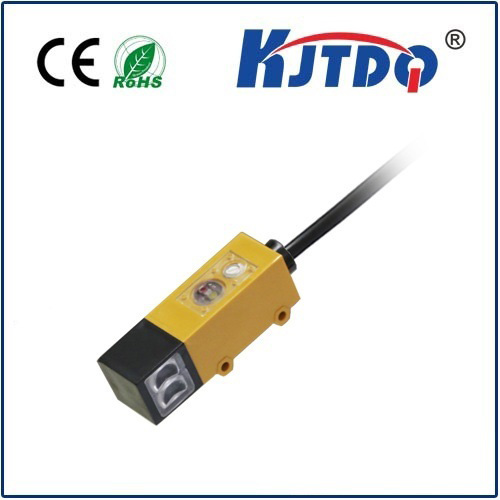BES046N proximity sensor
- time:2025-10-17 00:50:28
- Click:0
The BES046N Proximity Sensor: Your Key to Reliable, Non-Contact Detection
Imagine a critical manufacturing line grinding to a halt because a robotic arm misses its target. Picture thousands of bottles speeding down a conveyor belt, only to jam because a simple presence check failed. In our increasingly automated world, precise and dependable object detection isn’t just convenient; it’s fundamental. This is where proximity sensors, the silent sentinels of industry, prove their worth. Among them, the BES046N proximity sensor stands out as a robust solution for countless demanding applications demanding accuracy, durability, and seamless integration.
Unlike contact switches that wear out or vision systems that may struggle with certain conditions, inductive proximity sensors like the BES046N operate on a principle of electromagnetic induction. Here’s the clever part: an internal oscillator generates a high-frequency electromagnetic field emanating from the sensor’s active surface. When a metallic target object enters this field, it induces eddy currents within the metal. These currents absorb energy from the oscillator, causing its amplitude to drop. The sensor’s built-in detection circuit monitors this change, signaling the presence of the target by switching its output state – all without any physical contact.
This non-contact nature is the cornerstone of the BES046N’s advantages. It translates to:

- Exceptional Longevity: No moving parts to wear out or contacts to degrade, leading to significantly reduced maintenance costs and downtime.
- High Reliability: Immune to issues caused by dirt, dust, oil, moisture (within its rated IP protection level, often IP67 for industrial variants), and vibration – environments where mechanical switches falter.
- Lightning-Fast Response Times: Capable of detecting objects and switching outputs in mere milliseconds (often <1ms), essential for high-speed automation, counting, or position verification.
- Resistance to Contaminants: Performs reliably in dirty areas where optical sensors might be blinded by dust or grime covering lenses.
So, what defines the BES046N specifically? While “BES046N” appears to be a manufacturer-specific part number (common formats like those from Balluff or similar industrial sensor producers), the designation typically signifies core characteristics applicable across this class of inductive sensor:
- Inductive Technology: Designed specifically for detecting ferrous and non-ferrous conductive metals.
- Embedded Design (Often): Many sensors with this style of part number feature an M12 or M8 threaded cylindrical body, making them ideal for flush mounting. Flush mounting allows the sensor face to be installed level with a metal bracket, minimizing protrusion while still offering a good sensing range.
- Sensing Range: Offers a defined nominal sensing range (e.g., 2mm, 4mm, 8mm - denoted by suffixes like -E2, -E4, -E8) appropriate for precise positioning tasks. Always consult the specific datasheet for the exact range.
- Output Type: Usually features a solid-state output (PNP Normally Open or NPN Normally Open/Closed) compatible with Programmable Logic Controllers (PLCs) and industrial control systems. Some variants might offer analog outputs for distance measurement.
- Robust Construction: Built to withstand the harsh realities of industrial environments – featuring rugged metal housings, temperature stability over wide operating ranges (commonly -25°C to +70°C), and high resistance to electrical interference (EMC).
- LED Status Indication: Most incorporate an LED to visibly confirm power status and target detection, simplifying installation, troubleshooting, and machine diagnostics.
Where does the BES046N proximity sensor excel in real-world applications? Its blend of precision, ruggedness, and non-contact operation makes it indispensable across diverse sectors:
- Factory Automation: Detecting piston positions in cylinders, verifying tool presence in CNC machines, monitoring workpiece position on pallets or fixtures, counting metal parts on conveyors, and confirming end-of-stroke positions. Its reliability prevents costly jams and production halts.
- Material Handling: Verifying the presence of metal pallets or containers on conveyors, detecting the position of lifts and carriers, ensuring correct positioning for robotic pick-and-place operations.
- Packaging Machinery: Monitoring metal components (like capping heads, sealing jaws, or filling nozzles), confirming product presence in metal trays or carriers, and controlling reject mechanisms.
- Automotive Manufacturing: Countless tasks on assembly lines: detecting engine blocks, confirming gear positions, checking wheel hub presence, verifying robotic arm positioning during welding or assembly.
- Machine Safety: Used as part of safety interlocks on machine guards (confirming the guard is closed via a metal target).
Selecting and Implementing Your BES046N Sensor:
- Target Material: Remember, inductive sensors detect conductive metals. Effectiveness varies slightly between different metals (steel, aluminum, brass).
- Required Sensing Distance (Sn): Choose the nominal range (E-value) based on the gap needed between the sensor face and the target during detection. Factor in real-world mounting tolerances.
- Mounting: Flush mounting provides good protection against lateral impacts. Non-flush mounting offers a slightly longer sensing range but requires clearance around the sensor head.
- Output Configuration (PNP/NO, etc.): Ensure compatibility with your control system’s input requirements.
- Environmental Factors: Verify the sensor’s IP rating, temperature range, and resistance to chemicals specific to your application.
- Electrical Connection: Typically features a pre-wired cable or a connector (like M12 x 1, 4-pin) for quick connection/disconnection.
Beyond Basic Detection: While primarily used for binary presence/absence detection, inductive proximity sensors like the BES046N family can also enable capabilities like high-speed counting of metal objects or provide simple position feedback. Their robust nature makes them a fundamental building block for creating smarter, more reliable machines.
In essence, the BES046N proximity sensor represents far more than just a component. It embodies efficiency-through-reliability in industrial settings. By providing accurate, fast, and non-contact detection of metallic objects in challenging environments, it streamlines processes, minimizes downtime, and enhances productivity. Whether discreetly monitoring a critical valve position or ensuring perfect alignment on a high-speed assembly line, the capabilities inherent in sensors like the BES046N make them an unsung hero powering modern automation. Understanding its technology and applications is key to unlocking its full potential for optimizing your operations.






